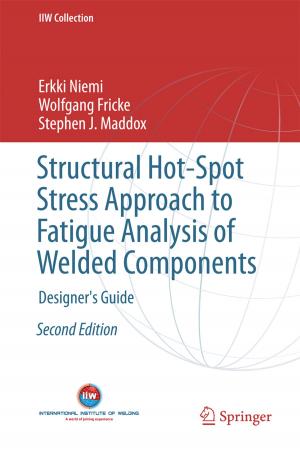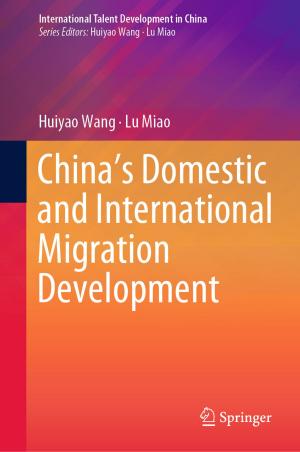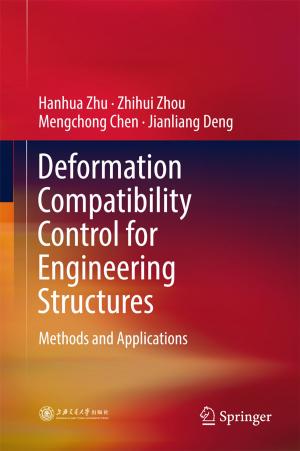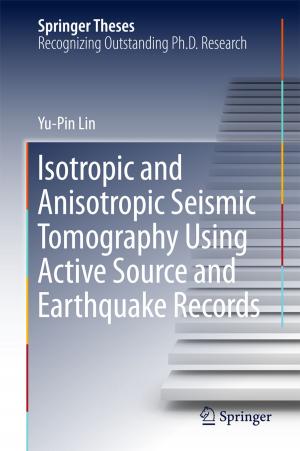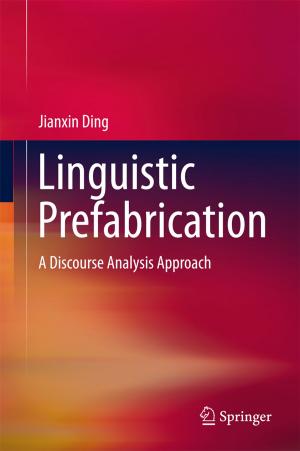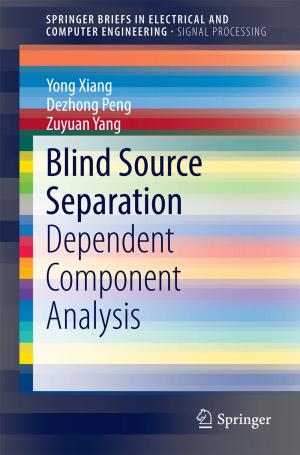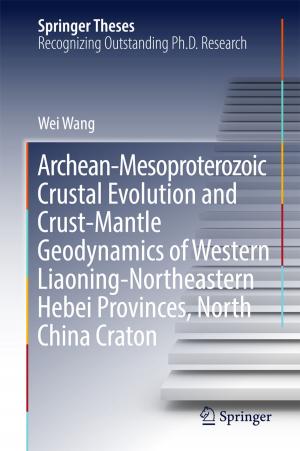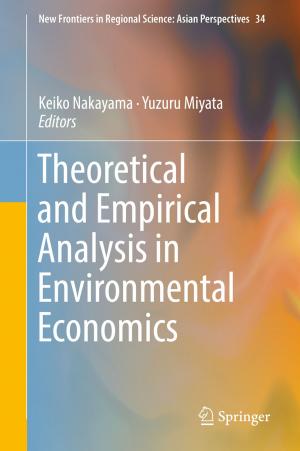Quality Assurance and Institutional Transformation
The Chinese Experience
Nonfiction, Reference & Language, Education & Teaching, Higher Education| Author: | Shuiyun Liu | ISBN: | 9789811007897 |
| Publisher: | Springer Singapore | Publication: | May 3, 2016 |
| Imprint: | Springer | Language: | English |
| Author: | Shuiyun Liu |
| ISBN: | 9789811007897 |
| Publisher: | Springer Singapore |
| Publication: | May 3, 2016 |
| Imprint: | Springer |
| Language: | English |
This book illustrates the higher education quality assurance system and its impact on institutional transformation in China. It starts by describing the higher education system in China and its quality assessment schemes. It discusses in detail the Quality Assessment of Undergraduate Education (QAUE) and the Subject Evaluation, two of the most influential external quality assessment schemes, which are conducted on the institutional and subject levels respectively. In the second part of this book, QAUE is taken as an example for the impact analysis. Using case studies, it explores the impact of the QAUE on various dimensions of quality provisions in universities with different statuses and presents the views of various stakeholders. Based on the empirical findings from the Chinese schemes and the theories on organizational change and the mechanism of external quality assessment, it proposes a model to describe how quality assessment interacts with the evaluated universities and causes them to change.
This book illustrates the higher education quality assurance system and its impact on institutional transformation in China. It starts by describing the higher education system in China and its quality assessment schemes. It discusses in detail the Quality Assessment of Undergraduate Education (QAUE) and the Subject Evaluation, two of the most influential external quality assessment schemes, which are conducted on the institutional and subject levels respectively. In the second part of this book, QAUE is taken as an example for the impact analysis. Using case studies, it explores the impact of the QAUE on various dimensions of quality provisions in universities with different statuses and presents the views of various stakeholders. Based on the empirical findings from the Chinese schemes and the theories on organizational change and the mechanism of external quality assessment, it proposes a model to describe how quality assessment interacts with the evaluated universities and causes them to change.



